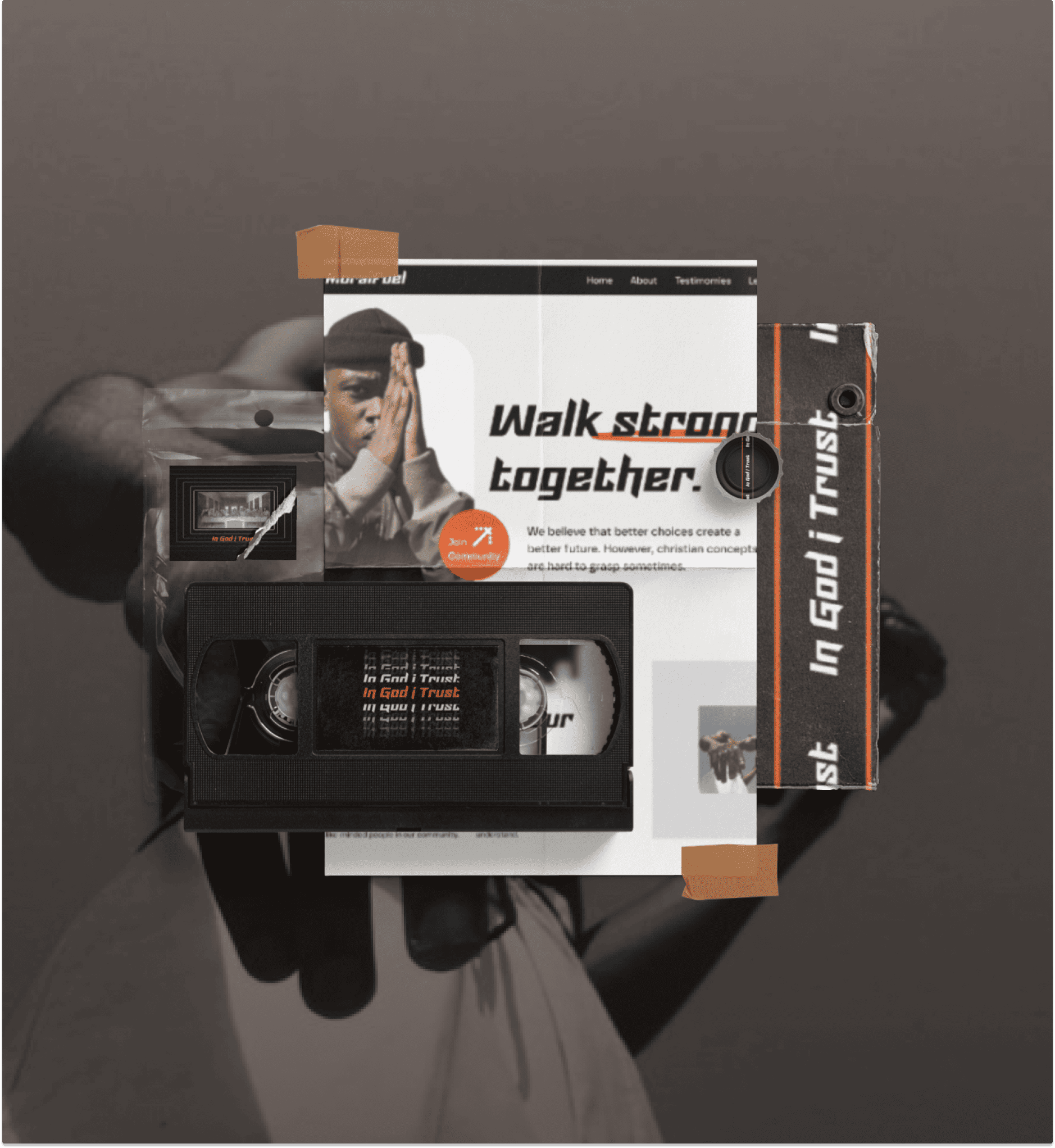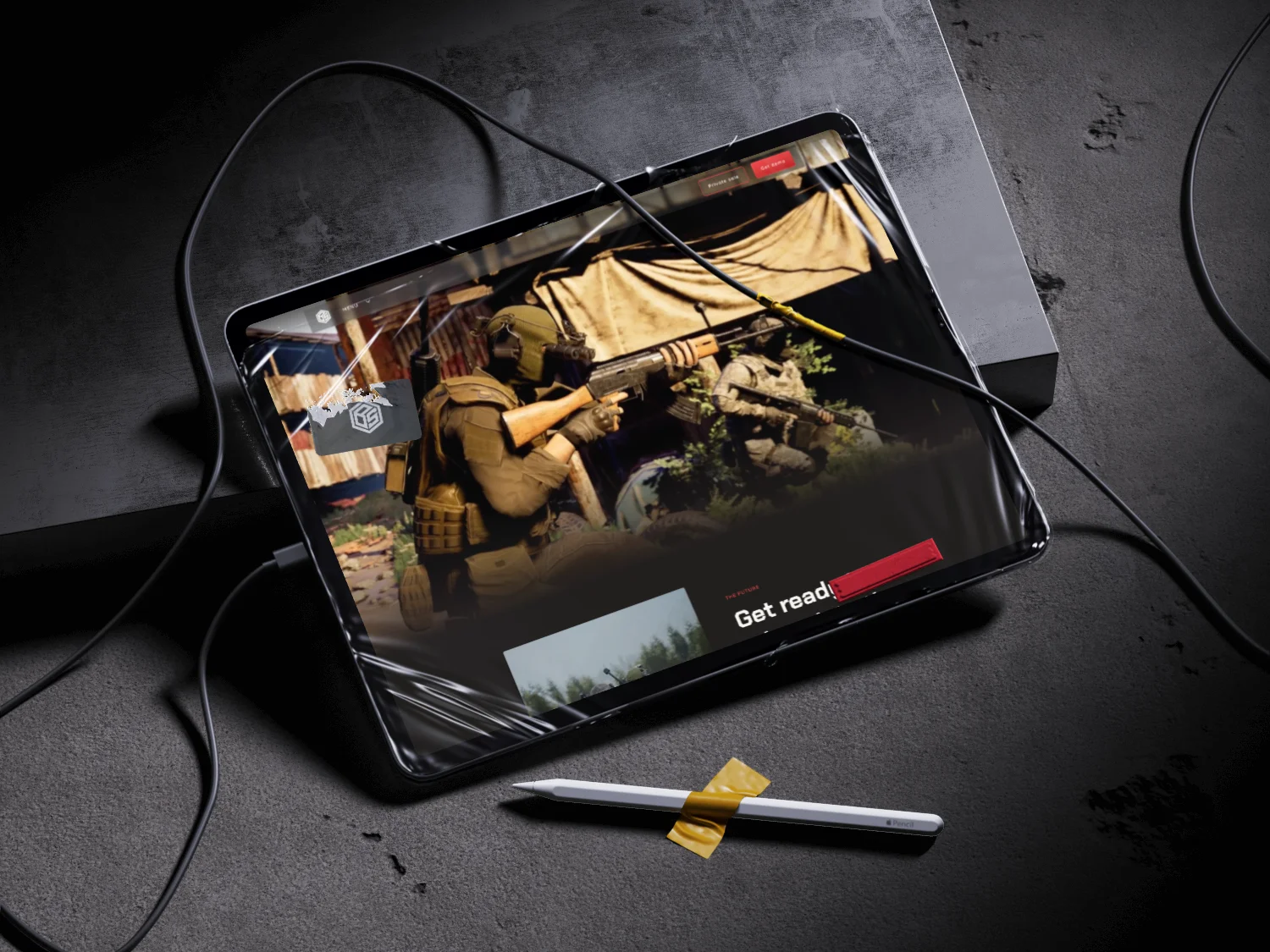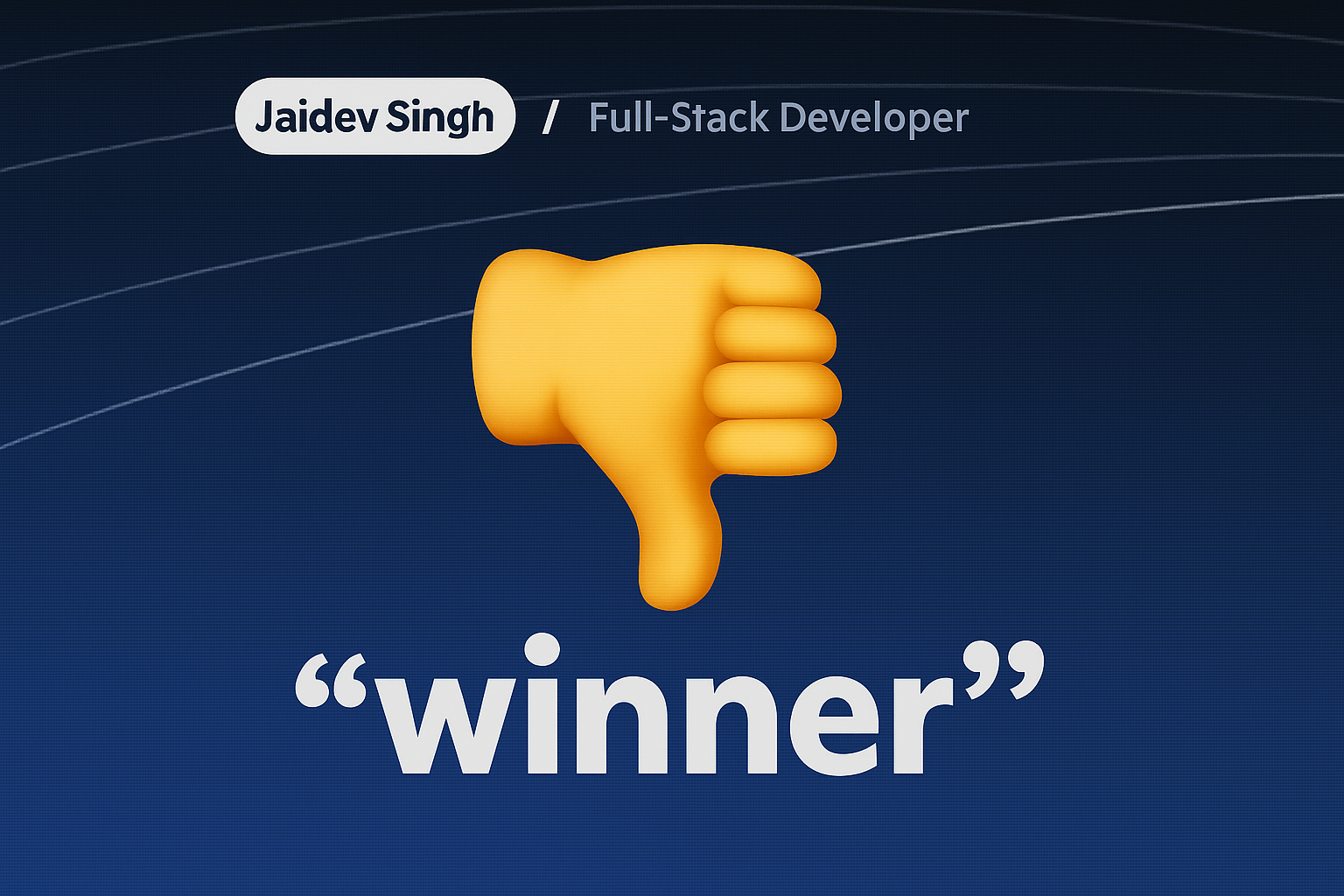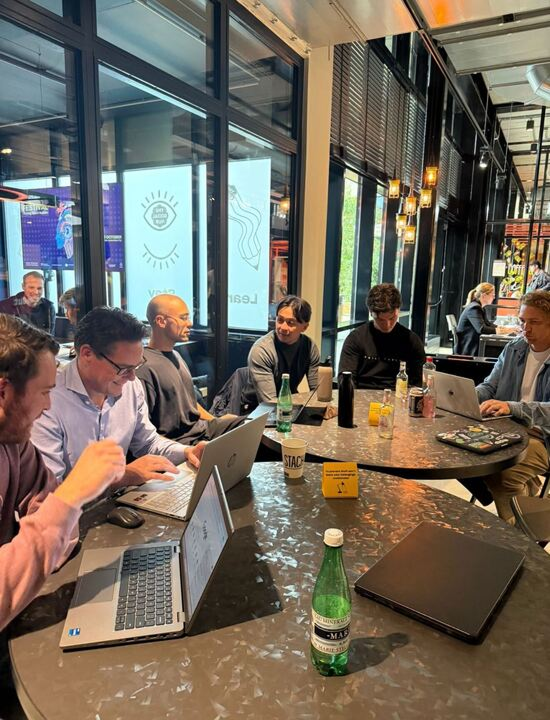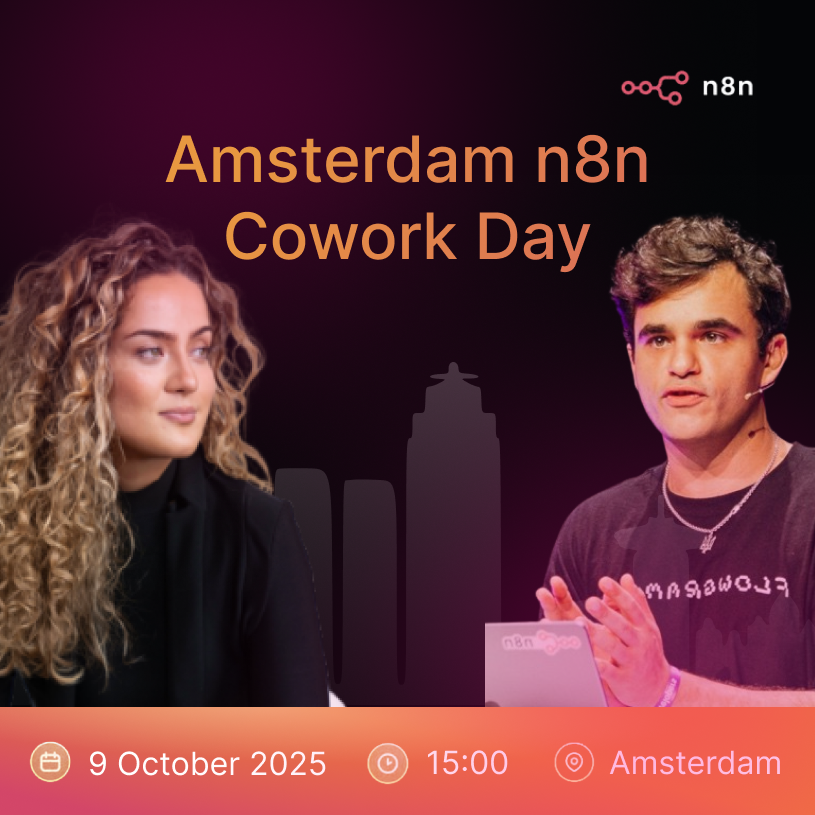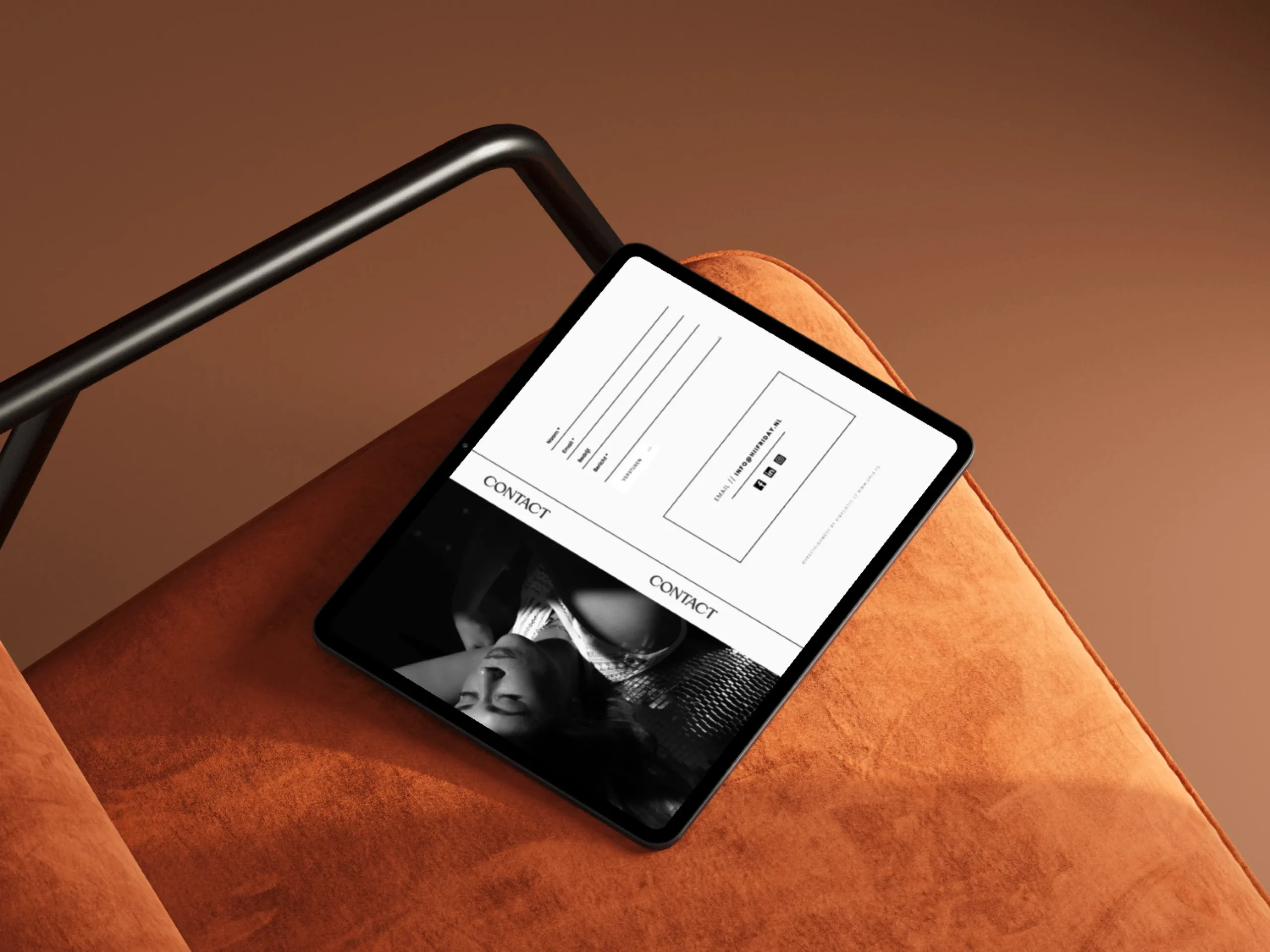Last updated:
September 10, 2025
n8n Fails? Spot Red Flags Fast.
Is your n8n workflow failing? Spot red flags like vague goals or slow communication fast. Learn how to optimize your automations now.

N8N Business Red Flags
You are moving fast, hiring smarter, and your pipeline looks healthy. Yet your website does not feel like you anymore, content lacks a system, and your automations fail to deliver the conversion lift you expected. If that sounds familiar, you are our people. At Viralistic we work with funded startups, scale-ups, and mid-sized brands that have real traction and care deeply about details. You want speed without chaos, quality without bureaucracy, and a partner that is reachable on WhatsApp when it matters. This guide is for you.
Quick refresher: What is n8n and why do ambitious teams love it
n8n is an open-source workflow automation platform that connects your apps into repeatable flows. *Open-source means the code is publicly available so it can be self-hosted, extended, and audited.* It uses visual building blocks called nodes to pass data between tools so your content, sales, and operations can run with less manual work. When we say connect apps, we usually talk to an API. *An API is a set of rules that lets different software systems talk to each other in a reliable way.* Many flows start with a webhook. *A webhook is a URL that listens for events from another app and triggers your automation the moment something happens, like a form submission.*
Red Flag 1: Expecting n8n to be ready out of the box
If a client wants a fully formed, high-precision solution on day one, n8n is not a match. The solutions we build are often absurdly specific and deeply complex, which means they require fine tuning. Early phases look like an MVP. *An MVP is a minimum viable product that proves the concept with the smallest functional version so you can learn fast.* We test, observe, measure, and iterate. There is no world where bespoke automation works perfectly the first time.
Green flag: Curiosity. The best partners lean into trial and error, ask thoughtful questions about AI performance, and co-own the optimization process. They block time to review logs, adjust prompts, and compare variants. They understand that long-term reliability emerges from short, tight learning loops.
What does not work: Throwing money at a vague problem and expecting magic. If there is no appetite for due diligence, discovery, or shared testing, the output will be wasteful and the relationship will be frustrating.
Red Flag 2: No clear speaking point and slow internal communication
This one hurts because it often shows up late. You talk to a single contact who insists they can distribute updates internally. They are overloaded, they are dealing with other priorities, and information gets lost. You suggest a WhatsApp group with all decision makers so issues can be resolved in minutes. You propose a simple ticketing system inside the dashboard so requests and decisions are transparent. The company declines both, insists on one speaking point, and miscommunication compounds. Deliverables get misrepresented, invoices lag, and trust erodes.
Green flag: One empowered product owner with direct access to stakeholders in a shared channel like WhatsApp or Slack, plus a lightweight ticket list in the dashboard. A ticketing system is a shared, timestamped backlog so everyone sees scope and status at a glance. *A ticketing system is a structured queue of tasks, decisions, and statuses that makes collaboration transparent for all stakeholders.* This setup protects quality and speed.
Red Flag 3: Heavy governance that neutralizes a lightweight partner
I am Maralisa Krijkers, founder of Viralistic. Our USP is a compact, senior team that ships quickly and cleanly. We do not outsource to unskilled freelancers, we do not juggle layers of managers, and we keep error rates low by staying focused. In organizations with nine approvers, weekly steering committees, and rigid procurement, our strengths become invisible. Flexibility gets mistaken for a lack of punctuality, and momentum dies in review cycles.
Green flag: Lean governance. Two to three decision makers max, clear ownership, and approvals that move within days, not weeks. When your internal tempo matches our tempo, you get compounding value.
Additional red flags we watch closely
Beyond the big three, these patterns often derail n8n projects and marketing initiatives.
- Vague goals and no success metrics. If we cannot define a KPI, we cannot win. *A KPI is a key performance indicator, a measurable number like conversion rate or qualified leads that tells us if we are succeeding.*
- Data chaos and no access. If there is no single source of truth or we cannot get credentials to your systems, your automation will be blind. Respecting privacy is non negotiable. *GDPR is the European data protection law that governs how personal data is collected, stored, and processed.*
- No budget for QA or maintenance. Launch is half the job. Without QA time your team will catch issues in production. *QA is quality assurance, the process of systematically testing features to find bugs before users do.*
- Scope creep without recalibration. Adding features is fine when we adjust time and budget. *Scope creep is the gradual expansion of requirements without updating timeline or investment, which breaks delivery promises.*
- No staging environment. Shipping directly to your live site invites risk. *A staging environment is a safe copy of your live setup where we test changes before going live.*
- Security resistance. Secure authentication and sensible throttling are essential for reliability. *OAuth is a secure method that lets users grant one system access to another without sharing a password. Rate limiting is a protective cap on how many requests can be sent in a time window to avoid overload.*
- Tool chasing over process clarity. Changing platforms every quarter fixes nothing if the underlying process is unclear. We solve the process first, then we automate.
How Viralistic works when it works best
Firstly, we align business goals with a simple scoreboard. Secondly, we design flows that move the needle from traffic to lead to sale. Thirdly, we implement in tight sprints, instrument every step, and meet weekly in one shared channel. If you want a sparring partner who cares, is easy to reach, and can own your funnel end to end, we will get along. If you prefer a hands-off vendor, we are happy to refer you to someone who fits that model.
Ready to sanity check your fit in 20 minutes? Contact us at https://viralistic.nl/contact/.
Real-world examples to make this concrete
Example 1: AI-augmented lead qualification for a luxury e-commerce brand
Intro: A luxury accessories scale-up wanted faster lead triage without losing brand tone. They had traction and a strong creative team, but manual follow-ups were slow.
Case and application: We used n8n to pull new leads from the site form and enrich them with public signals. The flow triggered a courteous, on-brand email and routed high-intent leads to sales in minutes. Where needed, a webhook captured replies in real time. *A webhook is a listening URL that fires an automation when a specific event occurs, like a form submission or an email reply.*
- Pros: Faster response, cleaner pipeline, measurable lift in qualified demos.
- Cons: Early false positives required prompt tuning and A-B tests.
Takeaway: Curiosity and weekly iteration turned a decent idea into a reliable growth loop within four weeks.
Example 2: Two-way CRM hygiene for a B2B SaaS with many integrations
Intro: A funded SaaS team needed to keep lead status synced between their website, CRM, and billing. Data drift caused forecasting errors.
Case and application: We built a bi-directional sync using n8n nodes to read from and update systems at safe intervals. We added guardrails to prevent loops and rate issues. Rate limiting was important here. *Rate limiting is a protective technique that sets a maximum number of requests per time period to avoid hitting provider caps or causing outages.*
- Pros: Fewer duplicates, reliable dashboards, confidence in the pipeline.
- Cons: Requires ongoing monitoring when upstream vendors change fields.
Takeaway: Clear KPIs and a staging environment turned a fragile system into a resilient one without switching platforms.
Example 3: Content operations system for a scale-up newsroom
Intro: A fast-growing brand needed a content engine that connected research, briefs, SEO, and publication without adding headcount.
Case and application: We created a flow that converted topic research into briefs, piped tasks to writers, and logged SEO metadata at the source. Approvals lived in a shared WhatsApp group and a dashboard ticket list, cutting cycle time dramatically.
- Pros: Shorter time to publish, consistent metadata, fewer handoffs.
- Cons: Required discipline to keep the ticketing queue clean.
Takeaway: Lightweight process plus automation beats buying yet another content tool.
Example 4: Mismatch case and graceful exit
Intro: A large company with nine approvers and quarterly committees asked us to implement a complex automation.
Case and application: We began discovery and quickly saw that our lean delivery style would be slowed by governance. We documented the approach, referred them to a partner built for enterprise cycles, and stepped out early.
- Pros: Protected the client from a long, frustrating build and kept trust intact.
- Cons: No short-term revenue for us, which is fine when the fit is wrong.
Takeaway: Fit is strategy. Saying no early is a professional service.
Action time: Build curiosity into your growth engine
If you want a conversion-driven site, clarity in your story, and automations that actually move numbers, choose curiosity over certainty and collaboration over committees. Let us pressure test your idea and map the first two experiments. Book a quick fit call at https://viralistic.nl/contact/. We will tell you fast if we can help, and if not, we will point you to someone who can.
People Also Ask
How long does a typical n8n project take from kickoff to first value
Most teams see the first measurable lift in 2 to 4 weeks because we ship an MVP first and iterate weekly. *An MVP is a minimum viable product that delivers the smallest version of value so we can learn and improve quickly.*
What makes n8n a good choice compared to closed automation tools
Ownership and flexibility. Because it is open-source, you can host it, extend it, and audit it. You are not locked into a single vendor and you can adapt flows as your business changes. *Open-source means the source code is publicly available and can be used and modified under a permissive license.*
Do I need a developer to maintain n8n
You need someone who is comfortable with data structures, testing, and basic troubleshooting. We often train an internal owner so your team can handle small changes while we support complex updates.
How do you measure success for an automation project
We define 1 to 3 KPIs that tie directly to revenue or cost savings, such as qualified leads, response time, or hours saved per week. *A KPI is a key performance indicator, a quantifiable metric that shows progress toward a specific business goal.*
What communication setup keeps projects on track
One empowered product owner, a shared fast channel like WhatsApp, and a simple ticket list inside the dashboard. This removes bottlenecks and keeps decisions visible.
How do you handle data privacy and security
We minimize data, use secure authentication, and log only what is necessary. We also follow GDPR requirements for storing and processing personal data. *GDPR is the EU regulation that protects personal data and sets rules for consent, storage, and processing.*
What if upstream tools change their fields or limits
We add monitoring and alerts, version flows sensibly, and keep a small maintenance budget to adapt quickly when vendors change things.
Can automation help our SEO and content system, or is it only for ops
Yes. We automate research collection, brief creation, internal linking suggestions, and metadata hygiene so your editors can focus on strategy and quality.
What is the biggest warning sign during discovery
When a team cannot define a clear outcome or refuses shared communication. Without those two, risk increases and velocity drops.
Do you work with large enterprises
Only when the governance is lean and decision makers are available. If the process is heavy, we will recommend a partner built for that environment.
What happens after launch
We monitor, QA, and tune based on real data. *QA is quality assurance, the ongoing practice of testing and validating that systems work as intended before and after changes.* Small improvements compound into big wins.
How do we start
Bring one painful workflow and a goal. We will map two small experiments and a simple scorecard. Start the conversation at https://viralistic.nl/contact/.
